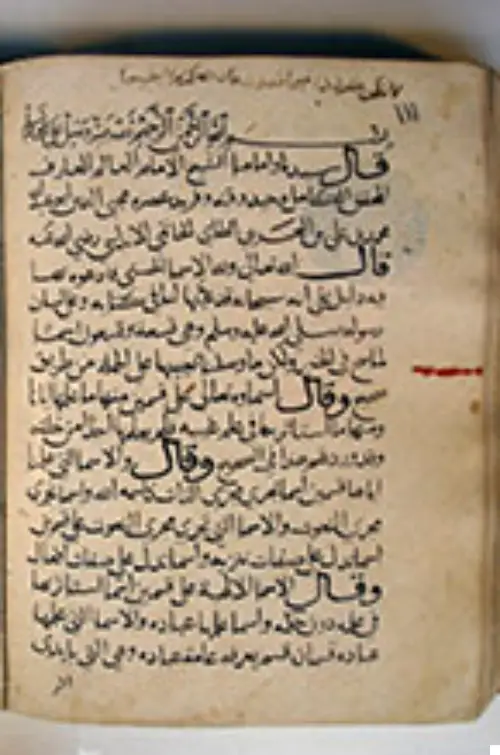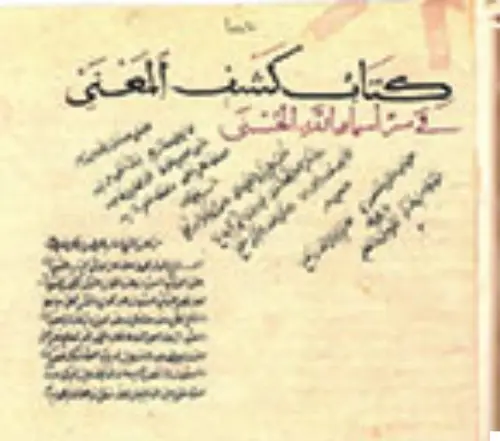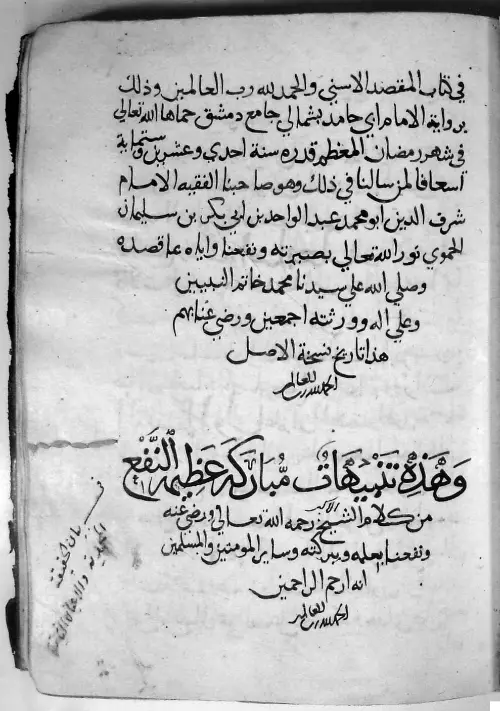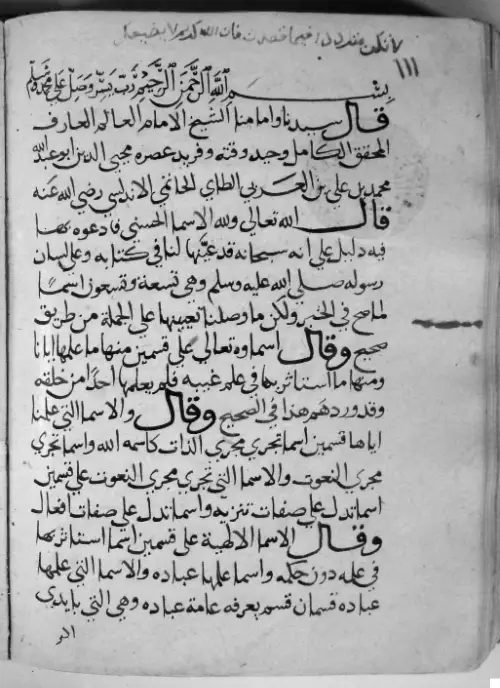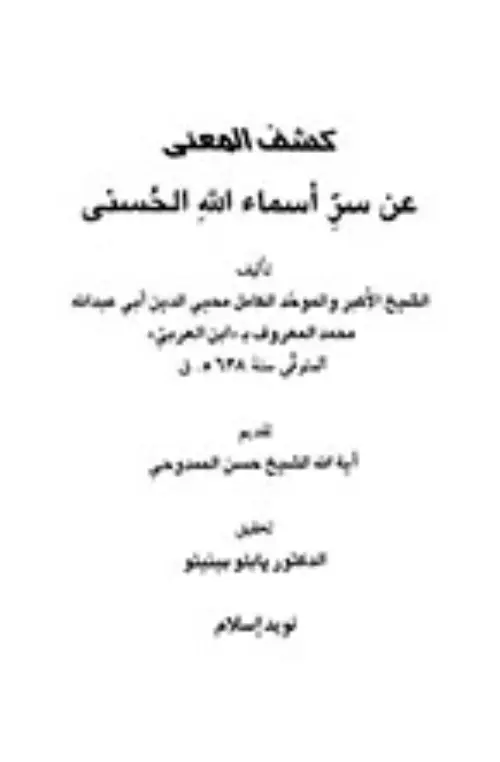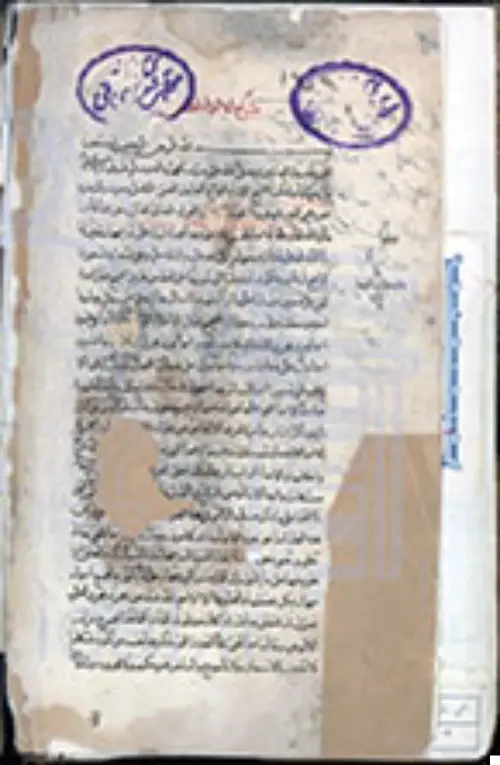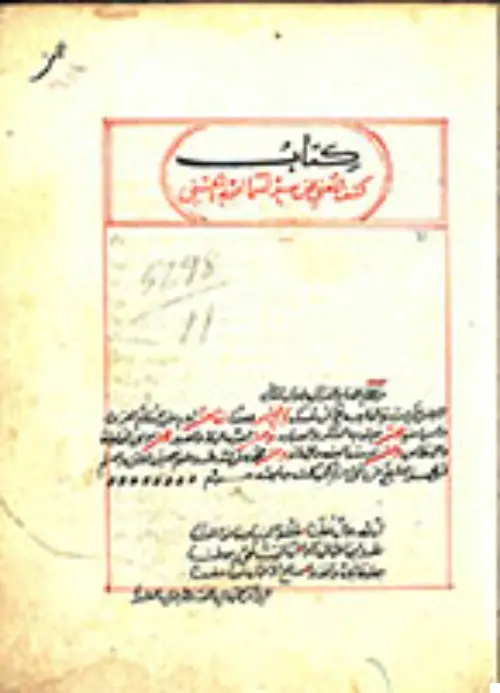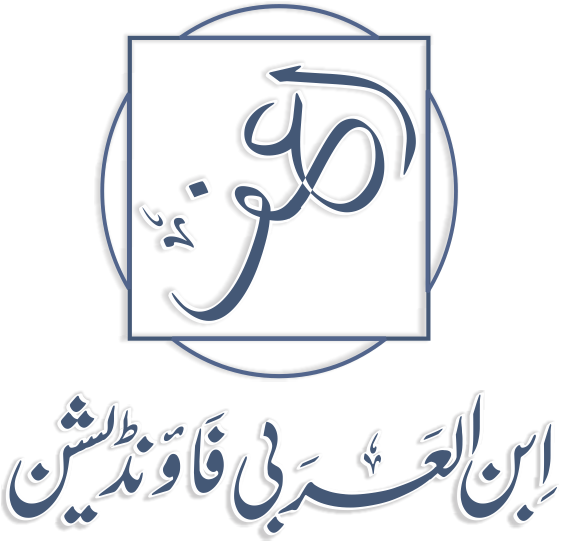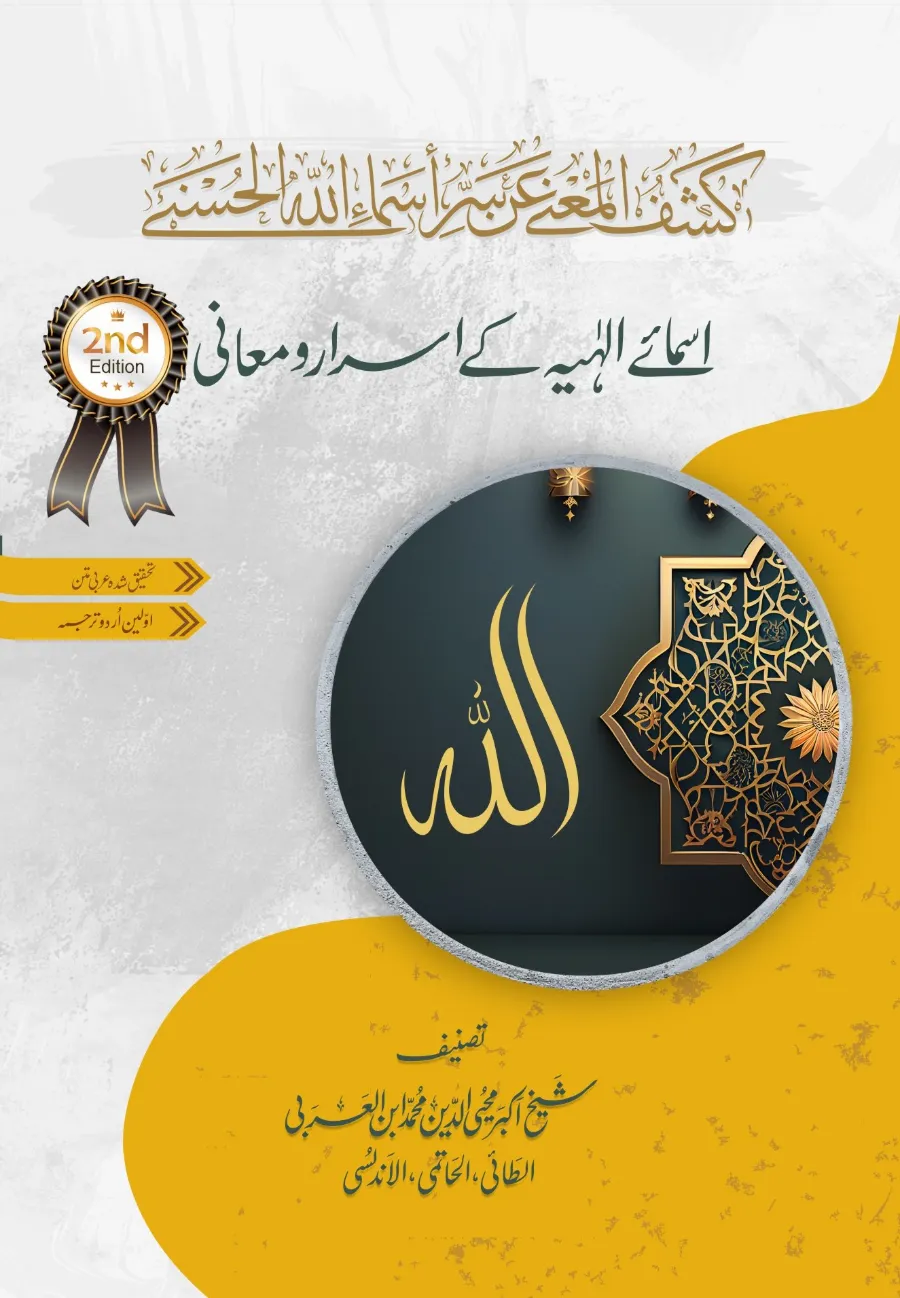Kashf al-Ma'na
Unveiling the secrets of divine names
By Shaykh al-Akbar Muhiyddin Ibn al-Arabi
Muhyiddin Ibn al-‘Arabi’s Kashf al-Ma’na’ has been composed in the East at Abu Hamid al-Ghazzali’s northern corner in the Mosque of Damascus in 621/1224, as we can infer from the conclusion of the book. In this book each of the ninety-nine names of God have been divided into three subsection, it follows a programatic work following a uniform pattern thourghout.
7 Manuscripts
7 Key Manuscripts Collated from the most reliable global sources (Tier 1 & Tier 2).
472 Pages
Best Arabic Critical Edition, checked and collated with the best available manuscripts
Urdu Translation
Complete parallel Urdu translation, easy to understand and comprehend
Edition Highlights
We dedicate this book of ours to these very Names—Names which, in the words of the Shaykh (Ibn ʿArabī), Names and attributes (Asmāʾ). They are the origin of creation and the foundation of all relationships. In their totality, they signify the Divine Essence (Dhāt), yet each Name individually carries a distinct meaning.
The Shaykh states: these Names are the creators of the fixed entities (aʿyān) of the universe. When the Divine Reality (Ḥaqq) desired to witness the manifestations of these Names, He brought creation into being. Within creation, their influence manifests such that every servant becomes a locus (majlā) for the manifestation of a Divine Name, with one of these Names governing their state (ḥāl).
We are commanded to seek connection (taʿalluq), realization (taḥaqquq), and embodiment (takhalluq) through these Names. These very Names are the path to our felicity (saʿādah) or wretchedness (shaqāwah). They are the banners of praise (ḥamd) by which He is glorified, and they are the means of intercession (shafāʿah). In this world, they fulfill our needs, and in the Hereafter, they are the cause of our eternal bliss.
To the All-Encompassing Name “Allāh” and its vicegerent (nāʾib) the Name “Ar-Rabb” (The Lord), we direct this plea and supplication: May He grant us true knowledge (maʿrifah) of these Names. Āmīn, Yā Rabb al-ʿĀlamīn (O Lord of all worlds!).
—Abrār Aḥmad Shāhī
Each name was treated in the modes of three key concepts:
1- ta'alluq (dependence)
2- tahaqquq (realization)
3- takhalluq (assimilation)
About this book
Muhyiddin Ibn al-‘Arabi’s Kashf al-Ma’na’ has been composed in the East at Abu Hamid al-Ghazzali’s northern corner in the Mosque of Damascus in 621/1224, as we can infer from the conclusion of the book. In this book each of the ninety-nine names of God have been divided into three subsection, it follows a programatic work following a uniform pattern thourghout. Each name was treated in the modes of three key concepts:
Details
Author: Shaykh al-Akbar Muhyiddin Ibn al-Arabi
Corrections: Ahmed Muhammad Ali
Editor: Abrar Ahmed Shahī
Pages: 450
ISBN: 9789699305306
Dimensions: 255 × 165 mm
Edition: Feb 2024
Urdu Translation
By Abrar Ahmed Shahi
The first-ever complete Urdu translation, undertaken by Abrar Ahmed Shahi, co-founder of the Ibn al-Arabi Foundation. Leveraging 19 years of dedicated experience with Ibn Arabi’s works, this translation aims for both fidelity to the original Arabic and clarity for the Urdu reader.
اسمائے الہیہ کے اسرار و معانی
اللہ تعالی فرماتا ہے: ﴿وَلِلَّهِ الْأَسْمَاءُ الْحُسْنَى فَادْعُوهُ بِهَا 180﴾ بیشک اللہ کے نام خوبصورت ہیں سو اِن ناموں سے اُسے پکارو، (الاعراف: 180) اور فرمایا: ﴿قُلِ ادْعُوا اللَّهَ أَوِ ادْعُوا الرَّحْمَٰنَ أَيًّا مَّا تَدْعُوا فَلَهُ الْأَسْمَاءُ الْحُسْنَى 17﴾ چاہے اللہ کے نام سے پکارو یا الرحمن کے نام سے پکارو، اُسے جس نام سے پکارو تو اُس کے سب نام اچھے ہیں۔ (الاسراء: 17)
اپنی اِس کتاب کو ہم انہی اسما کے نام کرتے ہیں، جو بقول شیخ اسما کے اسما ہیں، کائنات کی ابتدا ہیں اور نسبتوں کی جا ہیں۔ یہ اپنی جامعیت میں ذات پر دلالت کرتے ہیں لیکن انفرادی طور پر ہر اسم کا مفہوم جدا ہے۔ بقول شیخ یہی اسما اعیان کائنات کے موجِد ہیں کہ جب حق نے ان اسما کے اثرات کو دیکھنا چاہا تو کائنات کو ایجاد کیا۔ پھر کائنات میں ان کا اثر یوں ہے کہ ہر بندہ اسم الہی کے ظہور کی جا ہے، اور انہی اسما میں سے کوئی اسم اس کے حال پر حاکم ہے۔
ہمیں انہی اسما سے تعلق، تحقق اور تخلق کا حکم ہے، اور یہی اسما ہماری سعادت اور شقاوت کی راہ ہیں۔ یہی اسما حمد کے وہ پرچم ہیں کہ جس سے اُس کی تعریف کی جاتی ہے اور یہی اسما باعثِ شفاعت ہیں۔ یہی اسما دنیا میں بھی ہمارے حاجت روا ہیں اور یہی آخرت میں باعثِ سعادت ہیں۔
ان سب کے جامع اسم اللہ اور اس کے نائب اسم الرب سے ہماری یہی التجا اور دعا ہے کہ وہ ہمیں ان کی حقیقی معرفت عطا فرمائے۔ آمین یا رب العالمین۔
ابرار احمد شاہی
Manuscripts Detail

The book Kashf al-Ma’na’ by Muhyiddin Ibn al-‘Arabi has been meticulously edited and translated with a high standard of scholarship. To establish the Arabic text, five manuscripts were used, which include all the best sources listed by Osman Yahia (Histoire et classification, r.g. no. 338). The earliest manuscript, Ulu Cami 1581, dates back to the late-8th/14th century. The book was apparently dictated extemporaneously during sessions in Imam al-Ghazzali’s zawiyah to one Sharaf al-Din Abu Muhammad ‘Abd al-Wahid b. Abi Bakr of Hama in Syria, during the fast of Ramadan in the year 621 AH.
The manuscripts used for establishing the text are:
Ulu Cami 1581
In hand wiriting of Sadruddin Qunawi
This manuscript is a clear copy with strong black headings for each Name and its three sections of taʿalluq, taḥaqquq and takhalluq. On 140b/141a, there is a note by IA about the composition of the work, which suggests that it was based on the work of al-Ghazālī and written in Ramadan 621H for a disciple, Sharafuddīn Abū Muḥammad ʿAbd al-Wāḥid b. Abū Bakr b. Sulaymān al-Ḥamawī. It is likely that this copy was made from the original.
Fatih 5298
Penned in 596 H in Qurtaba
This manuscript is dated 6 Ramadan 783H on 81b, and is the earliest copy of the text. There is no provenance given, but it is from a good collection which contains two texts taken from originals held in Aleppo (in the possession of Shaykh Badr Muḥammad al-Zāhidī; see al-Fanārī’s copies, Beyazit 3750).
Yeni Cami 705
Dated 676 AH
This manuscript is considered to be a good copy, with each chapter heading in red. At the end of the manuscript, it is mentioned that it was copied in Ramadan 865 AH.
Majlis shora milli 594
From a copy dated 606H
This manuscript does not mention a date and place of copy. In comparison to the other manuscripts, it is not an accurate copy of the text, with mistakes and word skippings in many places. It has only been included for verification.
Fakhr al-Din al-Khurasani
Copied in the year 814 in Zubaid Yemen
This manuscript is a collection of more than 60 works of Shaykh al-Akbar copied in the year 814 by an admirer of Shaykh al-Akbar Fakhr al-Din Khurasani in Zubaid Yemen. This collection is very important, as some works bear notes of copying from the original, and overall, it is a good collection of Ibn al-Arabi’s works.
Pablo Beneito Ediotion
Copied from a good manucript
Additionally, the text has been verified and checked against the published edition by Pablo Beneito, Murcia 1996, which is a beautiful edition. For further details about this edition, see the review by Gerald Elmore (Book Reviews: Las Contemplaciones de los misterios; Commentaries on Meister Eckhart Sermons; Ibn ‘Arabi in the Later Islamic Tradition; The Unlimited Mercifier; El Secreto de los nombres de Dios; Le Livre des chatons des sagesses).
